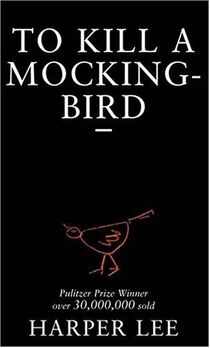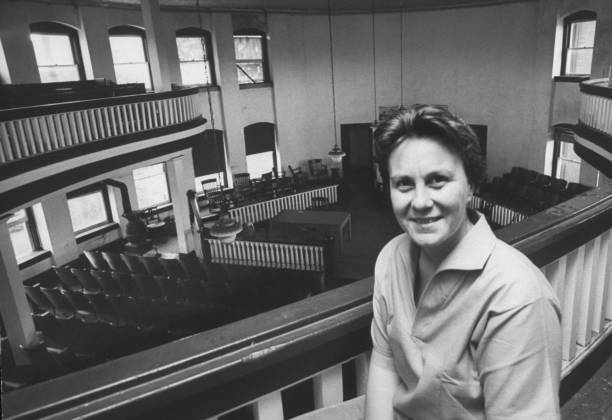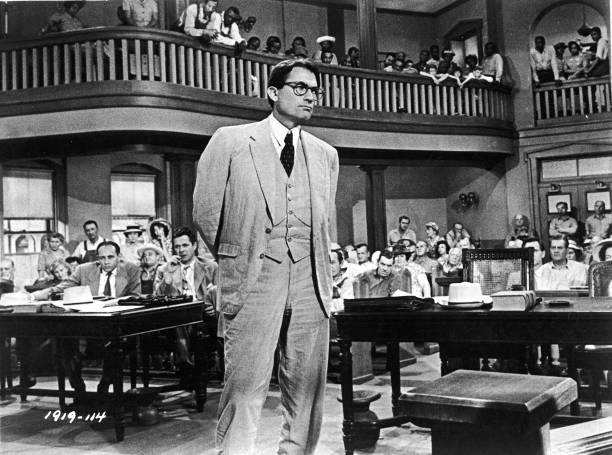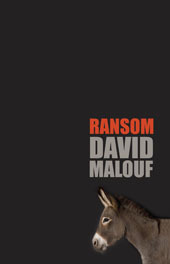To Kill a Mockingbird by Harper Lee is a Worthy Recipient of the Pulitzer Prize in 1961
Novelist Harper Lee
It does not matter how many times I teach To Kill a Mockingbird to Years 7-10 English students, I find a deeper understanding of Harper Lee’s beautiful novel each time I read it. What’s not to love about this amazing novel?
It’s a story about a man wrongly accused of rape and a lawyer who confronts racial prejudice to defend him in a small Alabama town riddled with the poverty and racial tensions of the American South in 1935. Yet when you look deeper it also chronicles the journey of its characters to do what is right, no matter what humiliation or consequences plagued them.
The Moral Courage in To Kill a Mockingbird
By observing her father, Scout gradually discovers that moral courage is both more complicated and more difficult to enact than the physical courage most familiar and understandable to children. To Kill a Mockingbird reveals the heroic nature of acting with moral courage when adhering to social mores would be far less dangerous. At a time in the South when it was outrageous and practically unthinkable for a white person to look at the world from a minority’s perspective, Harper Lee has Atticus explain to Scout: “You never really understand a person until you consider things from his point of view—until you climb into his skin and walk around in it”. For Atticus Finch, climbing into someone’s skin and walking around in it represents true courage. This would have to be my all time favourite quote.
Focus on the Trial of Tom Robinson with Atticus Finch as the Lawyer

The novel focuses on the Finch family over the course of two years, lawyer and father Atticus Finch; his ten-year-old son, Jem; and his six-year-old daughter, Scout (whose real name is Jean Louise). Scout serves as the narrator of the book. Her narration is based on her memories of the events leading up to, during, and after her father’s defence of a black man, Tom Robinson, accused of raping a white woman, Mayella Ewell. Through Scout’s inexperienced eyes (she is only eight at the conclusion of the novel), the reader encounters a world where people are judged by their race, inherited ideas of right and wrong dominate, and justice does not always prevail. However, by observing Atticus Finch’s responses to the threats and gibes of the anti-Tom Robinson faction and his sensitive treatment towards Tom Robinson and his family and friends, the reader, again through Scout’s eyes, discovers what it means to behave morally. In fact, do the right thing in the face of tremendous social pressure.
What I Love About To Kill a Mockingbird is the Other Side to Scout

To Kill a Mockingbird also chronicles the journey of a girl who challenges gender stereotypes in her determination to remain a tomboy. Harper Lee clearly explores Scout’s unconventional female characteristics. Aunt Alexandra tells Scout Finch to act like a lady and wear a dress so she can “be a ray of sunshine in [her] father’s lonely life.” Scout does not respond positively: she retorts that she can “be a ray of sunshine in pants just as well”.
In fact, Scout does not respond positively to anything feminine, preferring reading instead of sewing, playing outside instead of inside, and the nickname “Scout” to the girlish “Jean Louise.”
On the other hand, the culture that Harper Lee depicts does not respond positively to Scout’s tomboyish inclinations. Scout lives in Maycomb, Alabama, a rural Southern town, during the Great Depression. In this setting, society dictates strict gender stereotypes, and people rarely cross the barrier between masculinity and femininity. Maycomb is a place where “[l]adies bathed before noon, after their three o’clock naps, and by nightfall were like soft teacakes with frostings of sweat and sweet talcum”. Scout, however, refuses to be a “soft teacake.”
Through her actions, Scout demonstrates a flexible view of gender. Scout is not born with an innate predisposition to be a tomboy; rather her behaviours define her as a tomboy. As she consistently repeats unconventional behaviours, she presents her own conception of what gender means. Harper Lee depicts gender as a standard that alters according to each individual.
Gender Bending During WWII
The twentieth century brought a shift in attitudes towards tomboys. During the years in which Harper Lee grew up and wrote her novel, America advocated the home as a woman’s domain. During WWII views changed as women entered the workforce assuming positions previously considered to be masculine. Michelle Ann Abate in Tomboys: A Literary and Cultural History. Philadelphia: Temple UP, 2008 (p.146) refers to Rosie the Riveter as an icon of “tomboyish toughness”. However, society’s high regard for gender-bending females was temporary, when the war ended, women once again returned to their homes (Abate p.150).
To Kill a Mockingbird also Reflects this Ambivalence Concerning Gender-bending Females
The novel contains characters who both support and disapprove of Scout’s tomboyism. For instance, Aunt Alexandra wants Scout to wear a dress, while Atticus allows her to wear overalls. Moreover, other characters paradoxically condemn feminine mannerisms while simultaneously expecting them. Scout’s brother Jem, for instance, frequently teases her for being a girl, but he also commands, “It’s time you started bein’ a girl and acting right!”.
Scout Stays Resolute
Even though she endures these conflicting principles, Scout stays resolute. For example, when Jem criticizes her “girlish” fear of the Radley house, she shows masculine bravery and joins him in sneaking into the Radley yard. On the other hand, when he suggests she “take up sewin’ or something,” Scout replies, “Hell no”. Reflecting the twentieth-century’s hesitation over the changing roles of women, Jem has shifting expectations for Scout as a female. Scout, however, remains steadfastly opposed to conventional femininity.
What’s not to love about this amazing book? I can’t think of anything.













